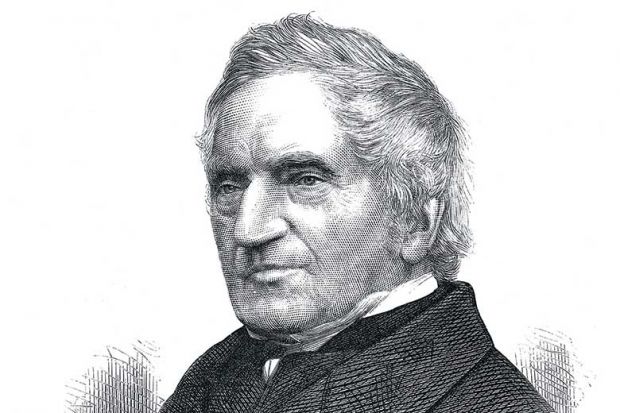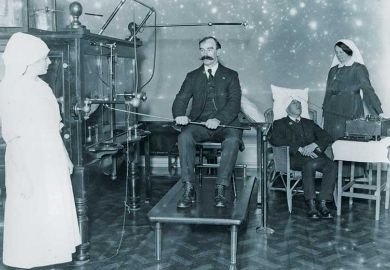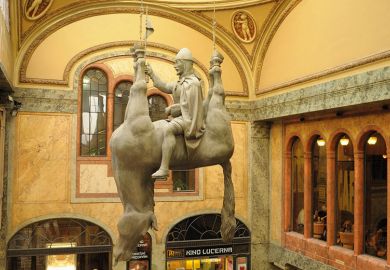The “extraordinary society” referenced in the subtitle of Susannah Gibson’s book is the Cambridge Philosophical Society (CPS). It was founded in 1819 and the prime movers were Adam Sedgwick, the 34-year-old Woodwardian professor of geology, and the recently graduated John Stevens Henslow, who later held the chair of botany. They recognised the need for a society that would provide a locus for science within the city. Similar societies had already taken root in many other cities outside London, including Edinburgh (1737), Manchester (1781) and Glasgow (1802). Cambridge’s tardiness arose partly from the university’s indifference to the sciences during the 18th century, despite its historical association with Isaac Newton.
It is difficult to overstate the importance of such local societies for the development of science. They provided forums for interested parties to discuss and disseminate scientific ideas, particularly the results of innovative research. They also often offered physical facilities to promote science, such as reading rooms, libraries and museums. Moreover, many such societies published periodicals that enabled the diffusion of scientific innovations to readers and, increasingly, fellow researchers not only in Britain but throughout the world.
Gibson shows that the CPS’ fortnightly meetings provided an effective local forum at which University of Cambridge graduates communicated their researches. For example, a letter from Charles Darwin, containing his observations during his Beagle voyage, was read by Henslow at a meeting of the CPS in 1835. Likewise, many researchers at the Cavendish Laboratory (opened in 1874), including J. J. Thomson and C. T. R. Wilson, first made public their significant discoveries at meetings of the society.
While this book includes much information about Cambridge-trained scientists and Cambridge science in general, it does not focus sufficiently on the society itself, its activities and its historical significance. Nor does it demonstrate adequately that the CPS “shaped modern science” (as the book’s subtitle purports).
However, Gibson rightly draws attention to the importance of the CPS’ museum and library which, particularly in the early period, provided valuable resources for researchers not available elsewhere in Cambridge. Henslow was largely responsible for creating the museum’s impressive natural history collections and the CPS library grew rapidly through donations, purchases and exchanges. In 1833, both museum and library – together with a reading room and lecture theatre – were housed in the CPS’ own premises, located close to the colleges.
The society ran into financial difficulties in the late 1850s and subsequently had to move to rooms in the New Museums building. Forced to relinquish its museum collections to other institutions within the university, it managed to retain some control over its library, which was later merged with the university’s collections.
During the closing decades of the 19th century the CPS became increasingly active, thus reflecting the overall standing of Cambridge in the world of science, as exemplified by the Cavendish Laboratory and the Balfour Laboratory for Women. From 1886 to 1910, the CPS also maintained its own anthropometric laboratory.
The author briefly discusses the CPS’ publications: its Transactions (1821-1928), Proceedings (now Mathematical Proceedings) and Biological Reviews. Yet much more could have been said about the production of these series, their place in the world of scientific periodical publishing and their significance to the wider scientific community.
Geoffrey Cantor is professor emeritus of the history of science at the University of Leeds.
The Spirit of Inquiry: How One Extraordinary Society Shaped Modern Science
By Susannah Gibson
Oxford University Press
400pp, £25.00
ISBN 9780198833376
Published 26 February 2019
Register to continue
Why register?
- Registration is free and only takes a moment
- Once registered, you can read 3 articles a month
- Sign up for our newsletter
Subscribe
Or subscribe for unlimited access to:
- Unlimited access to news, views, insights & reviews
- Digital editions
- Digital access to THE’s university and college rankings analysis
Already registered or a current subscriber?








